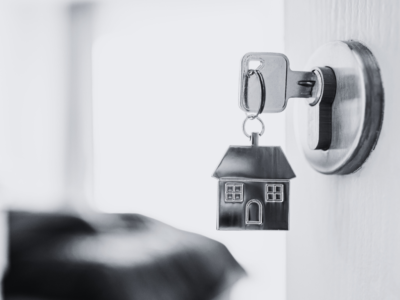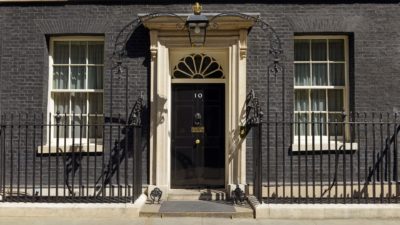Businesses’ demands and expectations of the offices they lease has evolved significantly in recent years, and the pace of change is only accelerating.
Long-term inflexible leases are very much a thing of the past – the rise of flexible working models, made the norm during the pandemic and likely to remain in place in the future, has made organisations think differently about what they are looking for in a physical workspace.
A survey of UK businesses carried out by CBI Economics in July this year found that 93% plan to adopt hybrid working models. Only 5% expect to work entirely from an office.
Commercial landlords, then, must recognise the shift towards flexible working and adapt their buildings accordingly – sections of their office building, if not the entire premises, will need to have a flexible workspace offering to meet tenants’ changing needs.
These needs are increasingly centred around spaces that enable their employees to connect, collaborate and innovate on those days that they travel into the office, which might only be one or two times per week.
Indeed, a separate study of UK businesses by Knight Frank revealed that 81% felt they need to implement a new workplace strategy, with 47% believing their real estate strategies will include a greater amount of flexible, serviced or coworking space, and 63% anticipating there being a greater focus on the design and specification of their offices.
The tenant experience is now key. Without a good reason to commute to a workplace, people simply will not do so now that remote working has become so commonplace.
Adding meeting rooms, co-working spaces, breakout areas, and food and drink options is all good and well, but it will mean nothing if commercial landlords do not integrate technology into how their buildings run, are managed and evolve over time.
Technology is key to the office of the future
Commercial real estate (CRE) owners are now expected to facilitate interconnected environments, where employees can easily connect with their peers. Moreover, they need to offer tenants a stimulating, engaging and even inspiring experience that gives them everything they cannot get when working remotely.
Technology is critical in creating a workspace that can deliver these things. As noted, this is because there are additional facilities that are required to allow tenants to connect and collaborate – a model wherein every employee has their own desk is redundant for organisations operating a hybrid model of on-site and remote working. Instead, businesses and their employees must be able to access, book and manage their spaces based on their needs during any particular week, day or even hour.
Yet booking meeting rooms through an app or online platform is just the start.
In reality, tenants will be expecting to be able to explore sports facilities, browse and sign up for events and networking opportunities, report problems, shop online and more – all through an integrated, all-encompassing app.
They should be able to discover who else is in the building, or which service providers are operating in the local area.
To that end, tech is a gateway to making a workspace much bigger than its square footage – it is the means of creating an interconnected community.
But having an app or online platform will not just help those travelling to their office building.
It also helps those working remotely by keeping employees constantly connected to their workspace – it is the digital bridge between the different locations where people work, thereby supporting both sides of the hybrid working model.
Simply put, technology can help a tenant squeeze maximum value from a workspace, enabling them to effortlessly navigate and make use of all the available facilities and partnerships on offer. Landlords without such an offering will, in many instances, lose out to those who can.
Not only that, but the tenant can profit from these enhancements – by implementing this technology solution in their assets, CRE owners are able to streamline and automate certain processes, which results in lower overhead costs.
While increasing revenues by converting inefficiently used space into another purpose, they will also benefit from the ability to increase rent thanks to the increased overall tenant experience.
Enabling better communication
Technology is also crucial to improving the tenant-landlord relationship. With an app, say, a tenant can quickly highlight problems (the need to replenish the hand soap in the toilet, or repairing a faulting TV screen in a meeting room) or make suggestions to those running a workspace.
In turn, problems ought not to rumble on and the tenant’s overall experience is likely to be improved.
For commercial landlords, implementing technology into their buildings has another distinct advantage: by collecting data points as tenants engage with their office space, they will be able to constantly re-evaluate and improve their building.
This is going to be vital in the years to come.
We are still getting to grips with exactly how Covid-19 will change the future of work. And so, landlords – like all of us – must be prepared to adapt as we begin to understand exactly how businesses are likely to interact with and make use of their workspaces.
Technology and data can highlight these trends, showing what is being used and what is not; showing how people move around the building and which facilities are in high demand.
In time, workspaces can be improved so they fit the precise needs of tenants.
As we all know, flexibility has become the name of the game, and landlords must be able to keep up with changing behaviours.
By tracking occupancy levels and engagement with different facilities and amenities throughout the building, landlords can optimise the design and use of space – not only to ensure maximum revenue, but to truly cater to the needs of occupiers.



























Comments